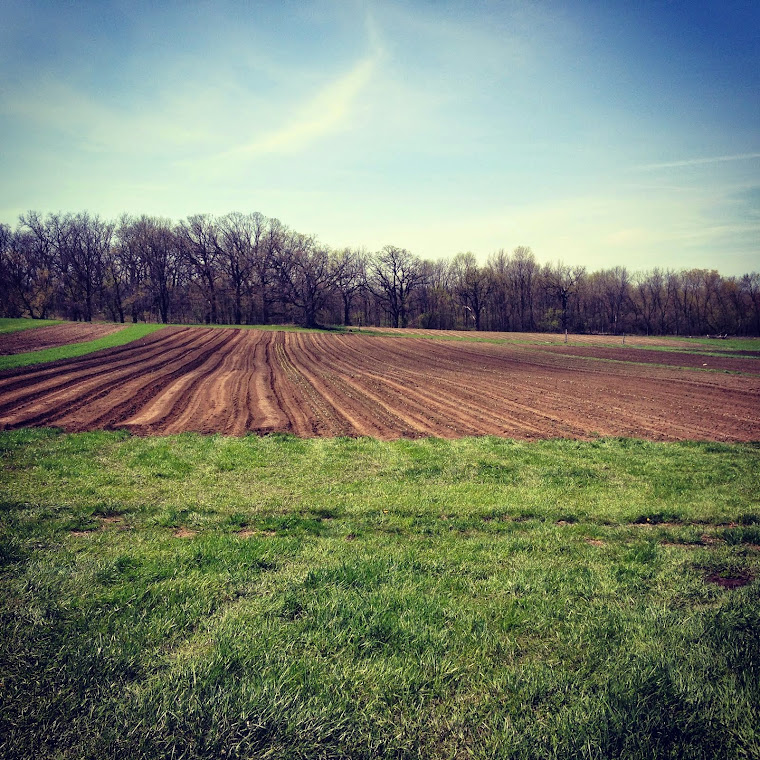Imagine a gallery without walls and without paintings. A space designed for you to explore the natural world as art, and visa versa. This is the International Garden Festival at Le Domaine de Chaumont sur-Loire. 22 Seasons of prototype gardens and 580 individual designs showcased since it's opening in 1992, the Festival represents a nursery of talent. A living tribute to the beauty of the plant world.
I began my tour from outside. Walking through the Prés du Goualoup park, designed by Louis Benech, I immersed myself in the adjacent fallow land surrounding the gardens. A natural 10-hectare space created specifically for this purpose, the Prés du Goualoup park showcases art and gardens designed to last, in a backdrop of meadows and forest. Although stationary, each design carried its own momentum, as though they were taking their time to find their place off the landscaped pathways.
I reached an installation by Chris Drury that sunk me to the ground. A Sri Lankan and now London based artist, Drury is world renown for being one of the leading artists of the Land Art movement. Also known as "Earth Art," the Land Art movement inextricably links landscape and art. Landscape is the means of creation, and the medium consists solely of natural objects. Drury's installation used large cedars from on-site, which spiraled from a charred center out back into the forest from which they came.
Continuing on my way I came across Shodo Suzuki's "Archipel." A reference to the crisis facing present day Japan but with hope for the future, Archipel depicts a state of collapse. It is surrounded, however, by a suggestion of "Satori," the spiritual state of Zen Buddhism. Plants and blossoming flowers introduce fragments of peace and hope, as the flowing water depicts the passing of time. The contrasting sky matched perfectly with his work, and I enjoyed a few minutes resting beneath the tree.
As I wound my way further around the Prés du Goualoup, I walked into a small birch forest and was suddenly overcome with fog. I was inside Fujiko Nakaya's "Sculpture de brume" or fog sculpture. Attempting to reveal the inside of a cloud while reproducing the sensation of its droplets on the skin, Kayaka is considered a trailblazer in the world of technological art.
She believes that fog creates a dialogue between public and nature, and works to "create a stage for nature to express itself freely." Describing herself as a fog sculptor, she explains that she does "not try to shape it. The atmosphere is the mould and the wind is the chisel." My face damp, my mind was stuck in thinking of the hours it took to engineer this design. The perfect positioning of the birch trees matched shadows and light with air and water, so that the fog lingered in the constructed forest for some time before dissipating into the atmosphere. It was a beautiful example of the powerful feelings a well calculated design can create.
Along my path I then discovered "Le Jardin des Nuées qui s'attardent," or "Tingyun ting," the Pavilion of Lingering Clouds, designed by Wan Shu. Using the simple materials of pine, climbing plants, and a pool of water, Shu collects the reflection of clouds as though they were actually physically caught inside a wooden net. Each angle I changed my viewpoint from seemed to catch a new or different cloud.
After getting lost in the Pavilion of Lingering Clouds for a bit, I ventured inside American sculptor Patrick Dougherty's willow installation. Monumental, natural yet architectural, and inspired by the setting, this dreamlike willow branch sculpture was full of twists and turns, both mental and physical. Each crevice I discovered there was a small child hiding in, a bird walking through, or a mother calling for her kids, lost somewhere in its depths. It was one of my favorite installations to pass through.
Lastly, I walked through Yu Kongjian's "Carré & Rond," or Square and Round - which in Chinese makes reference to the Land and Sky. A re-interpretation of traditional Chinese gardens, Kongjian integrates the contemporary concept of storm water management with the ancient pairing of man and nature. Traditionally Chinese gardens replicate nature in miniature forms, and Kongjian chooses to do so in ways that advocate beautiful contributions to the landscape, that also harness an environmental utility.
It is a concept that resonates strongly with me. I believe that design governs the function of place, and that art has the power - amongst many other things - to enact an environmental purpose. It is exciting to think of the endless possibilities in which landscape architecture is able to do this. The concept of "landscape" has become increasingly broad, and becomes more valuable when we give it a more identifiable focus. How do you think the arts can contribute to our understanding of landscape and the environment? How can a coherent consideration of the arts, the humanities, and the sciences, which have thus far been considered discreet areas of research and knowledge, be applied to today's context? What will this movement be capable of?













No comments:
Post a Comment